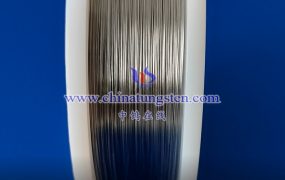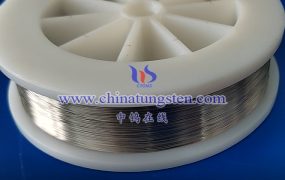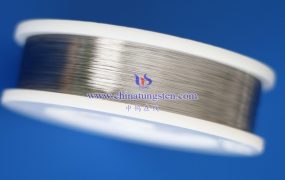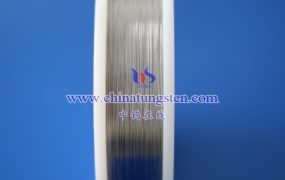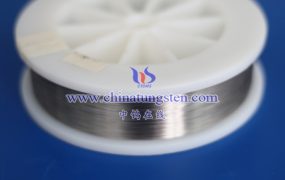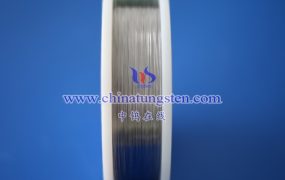Black tungsten wire exhibits excellent stability at low to medium temperatures, making it suitable for long-term use. At high temperatures, the environment must be strictly controlled to prevent oxidation, and alloying or process optimization can enhance performance.
- Low to Medium Temperature Range (<1000°C) Stability Characteristics:
- High Mechanical Strength: With a melting point of 3422°C, tungsten maintains a stable crystal structure, high tensile strength, and hardness in this temperature range, with minimal plastic deformation.
- Limited Oxidation Resistance: In air, tungsten surfaces slowly oxidize to form tungsten trioxide (WO₃), but the oxidation rate is low, particularly in dry environments. At around 600°C, the oxidation rate may increase, but the material generally retains structural integrity.
- Application Scenarios: Commonly used in light bulb filaments, electron tube cathodes, etc., requiring a vacuum or inert gas environment to prevent oxidation.
- High Temperature Range (1000°C–2500°C) Stability Characteristics:
- Recrystallization and Grain Growth: Above tungsten’s recrystallization temperature (around 1200°C), grains rearrange and grow, leading to increased brittleness and reduced mechanical properties. Further temperature increases exacerbate grain coarsening, potentially causing fracture.
- Intensified Oxidation: In air, the volatilization rate of tungsten oxide increases significantly with temperature. Above 1500°C, the oxide layer may spall, exposing fresh metal surfaces and accelerating oxidation, ultimately leading to material depletion.
- Phase Transition Risk: Solid-state phase transitions (e.g., β→α phase) may occur under extremely high pressure or specific conditions, but these are rare in typical applications.
- Application Scenarios: Must be used in a vacuum, hydrogen, or inert gas environment, such as in high-temperature furnace heating elements or rocket nozzles.
- Extreme High Temperatures (Near Melting Point, 2500°C–3422°C) Stability Characteristics:
- Near Melting Point: As temperatures approach the melting point, tungsten nears a molten state, with a sharp decline in mechanical strength, leading to plastic flow or melting.
- Uncontrolled Oxidation: The volatilization rate of tungsten oxide becomes extremely high, and no protective oxide layer can form, resulting in continuous material loss.
- Application Limitations: Suitable only for short-duration high-temperature pulse scenarios (e.g., arc discharge) or requires coatings (e.g., rhenium, iridium) or composite materials (e.g., tungsten-rhenium alloys) to enhance stability.
Key Influencing Factors:
- Environmental Atmosphere: Oxidation is the primary failure mechanism for tungsten at high temperatures, and an inert environment significantly extends service life.
- Alloying: Adding elements like rhenium or molybdenum increases the recrystallization temperature, suppresses grain growth, and enhances high-temperature strength.
- Processing Techniques: Cold working (e.g., wire drawing) introduces dislocation strengthening, but annealing is necessary to relieve internal stresses and prevent brittle fracture at high temperatures.
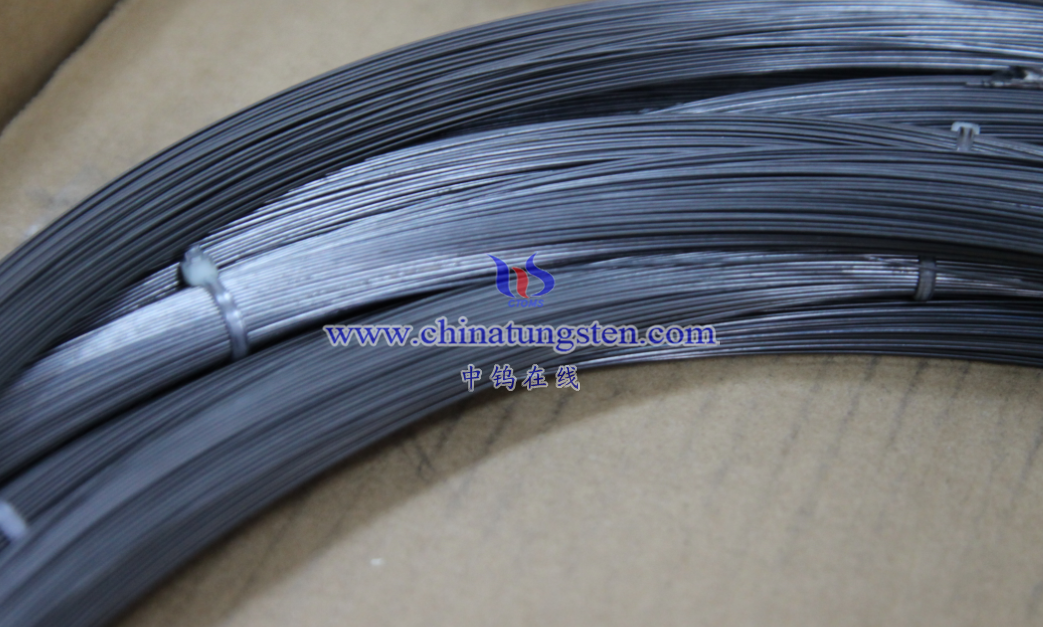
More details of tungsten wire, please visit website: http://www.tungsten-wire.com.cn/
Please contact CHINATUNGSTEN for inquiry and order of tungsten wire:
Email: sales@chinatungsten.com
Tel.: +86 592 5129595
